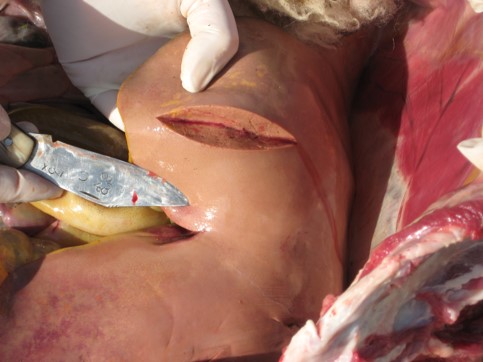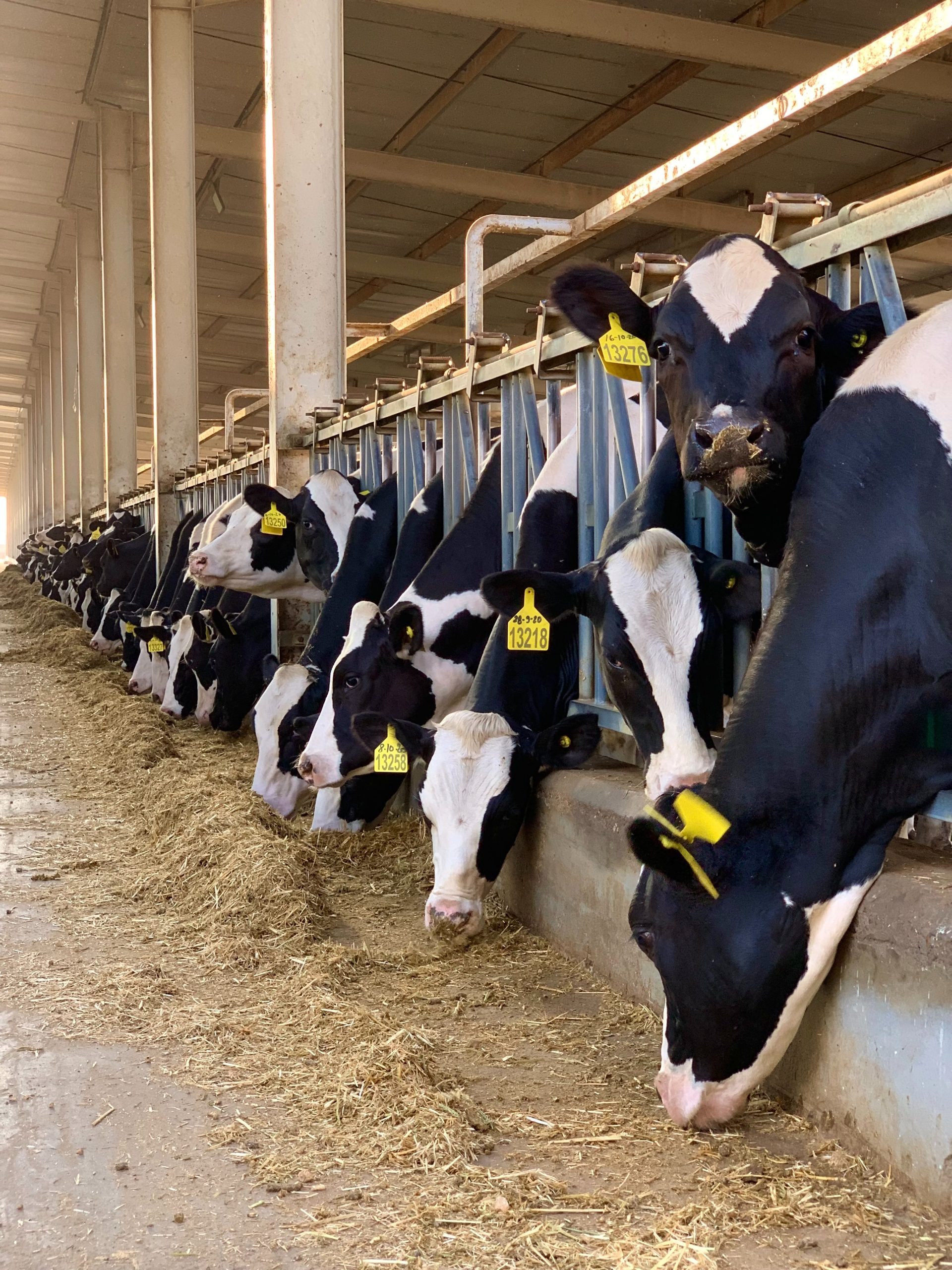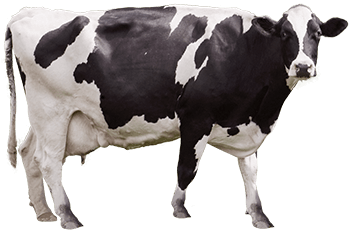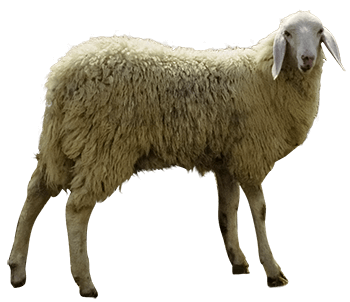In the realm of livestock farming, understanding and managing the energy balance in ruminants, especially during critical periods like pre-calving, is fundamental to maintaining animal health and farm productivity. The pre-calving period is marked by a complex interplay between the animal’s increasing energy needs and its actual energy intake. As ruminants approach calving, their energy expenditure escalates significantly to support fetal growth and lactation preparation. However, this heightened demand often coincides with a decrease in Dry Matter Intake (DMI), creating a challenging mismatch.
This energy deficit compels the ruminant to mobilise its fat reserves as an alternative energy source rapidly. While this is a natural adaptive response, excessive and rapid fat mobilisation can lead to a detrimental spiral. In an attempt to compensate for the energy shortfall, the animal’s body breaks down fat reserves too quickly and in large amounts. This rapid fat breakdown results in an accumulation of fatty acids in the liver and an overproduction of ketone bodies, leading to metabolic disorders such as fatty liver syndrome and ketosis.
Such disorders not only impact the health and welfare of the animals but also have far-reaching consequences on their productivity. The spiralling effect of this energy imbalance can lead to a cascade of health issues, reduced milk yield, and reproductive challenges post-calving. Recognising and addressing this energy mismatch before calving is crucial. It involves careful nutritional management, monitoring of body condition, and strategic feeding practices to ensure a smoother transition for the ruminant into the lactation period, thereby safeguarding both the animal’s health and the farm’s productivity.





